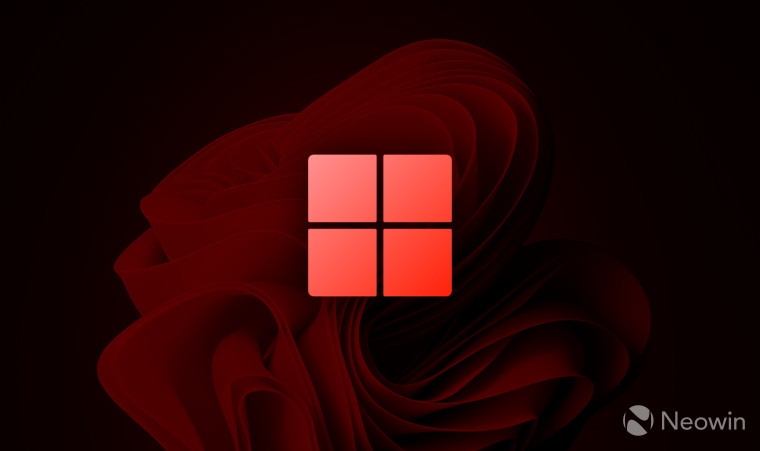
Last week, we learned that the latest Patch Tuesday update is causing Secure Boot issues on VMware virtual machines, leading to boot fails. While the latest problem confirmed by Microsoft does not originate from Patch Tuesday, it does affect lots of versions of Windows, but only in Croatia.
Basically, Croatia joined the Eurozone at the start of January 2023 and adopted the euro as its official currency. However, Windows locale data still contains its previous currency, the Kuna. This discrepancy affects applications which pull in data from Windows devices to show you prices in your regional currency, meaning that they will be showing costs in Kuna, rather than Euro.
For now, Microsoft has issued a workaround, which you can view below and apply if you reside in Croatia:
- Open the "Windows Region" settings. This can be done in one of the following ways:
- Open "Control Panel" from the start menu and select "Change date, time, or number formats" under "Clock and Region"
- On your keyboard, press and hold the Windows key, then press the letter R. This will open the "Run" window. Type INTL.CPL into the Open field
- In the Region settings, choose one of the 2 locales for Croatia:
- Croatian (Bosnia & Herzegovina)
- Croatian (Croatia)
- In this same window, click the "Additional settings" button. Once there, click the "Currency" tab.
- Change the currency symbol from "KN" to Euro, "€"
The problem affects the following versions of Windows:
-
Client
- Windows 11, version 22H2
- Windows 10, version 22H2
- Windows 11, version 21H2
- Windows 10, version 21H2
- Windows 10, version 20H2
- Windows 10, version 1809
- Windows 10 Enterprise LTSC 2019
- Windows 10 Enterprise LTSC 2016
- Windows 10, version 1607
- Windows 10 Enterprise 2015 LTSB
-
Server
- Windows Server 2022
- Windows Server, version 20H2
- Windows Server, version 1809
- Windows Server 2019
- Windows Server 2012 R2
- Windows Server 2012
- Windows Server 2008 R2 SP1
- Windows Server 2008 SP2
Although the workaround will mitigate the problem for Croatian users, Microsoft plans to permanently fix it via a Windows update at some point in the future.














